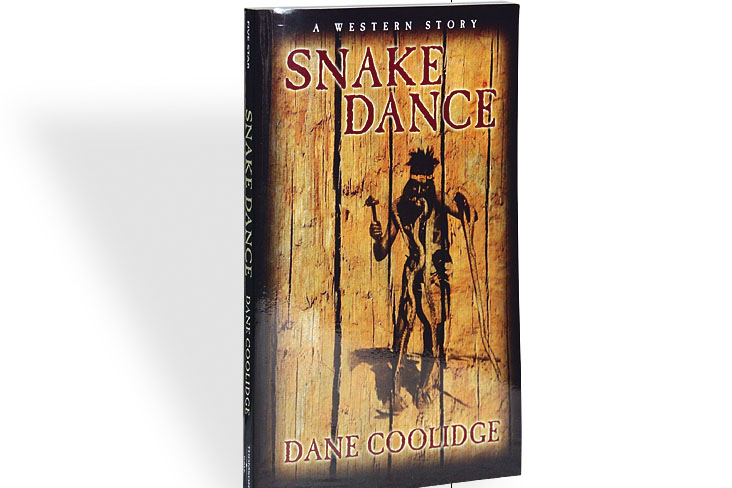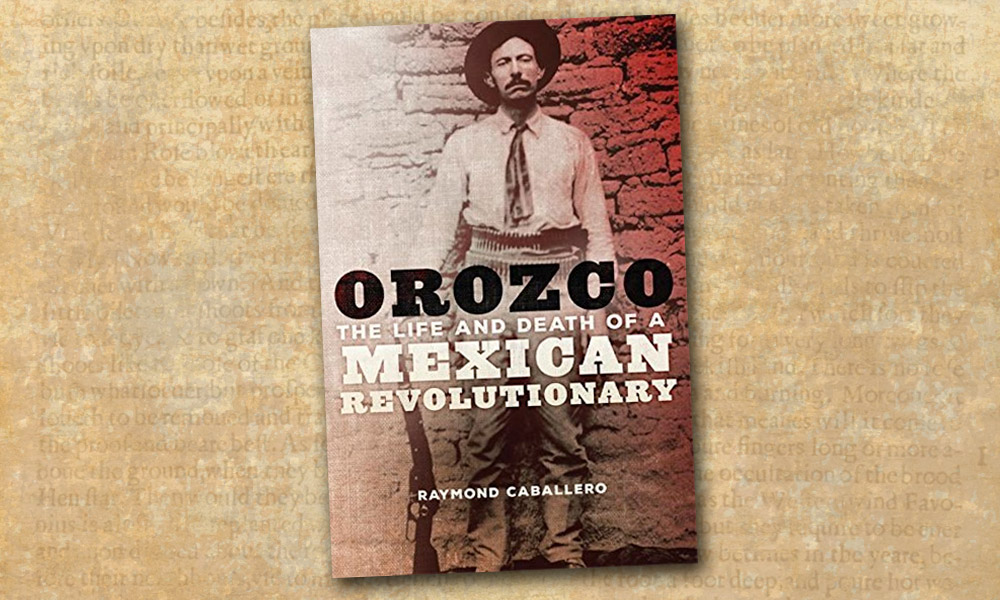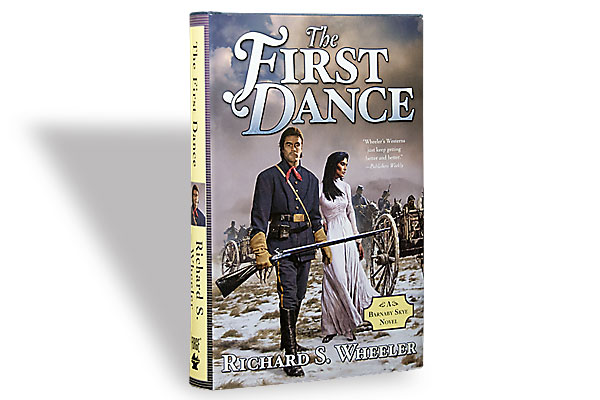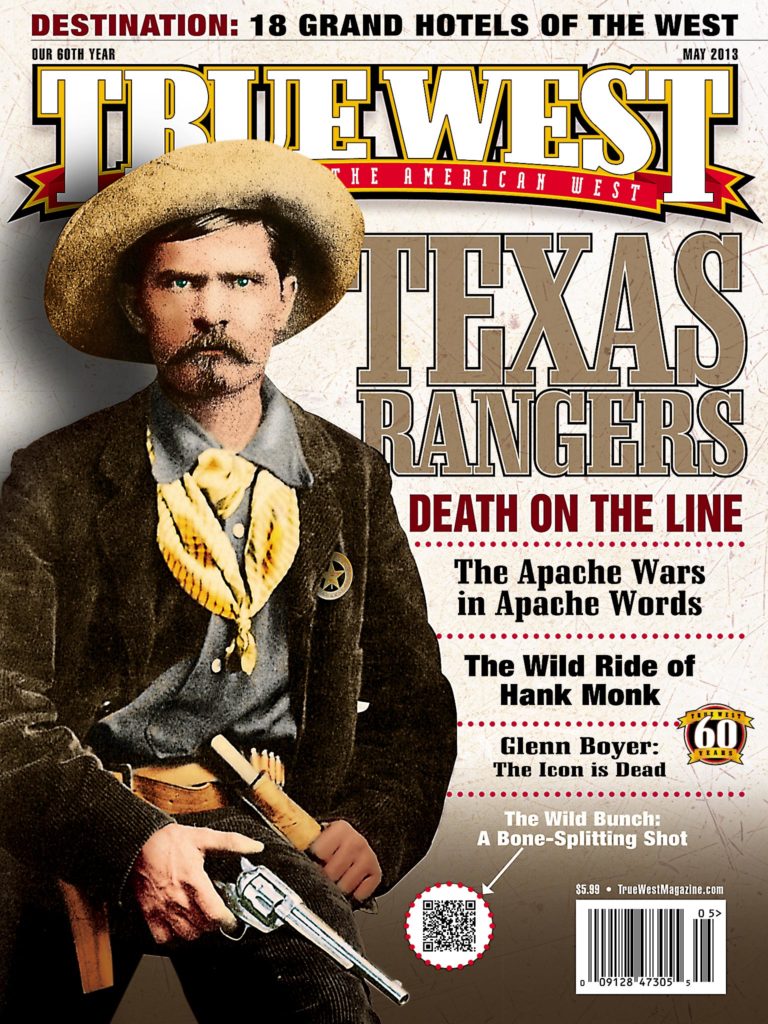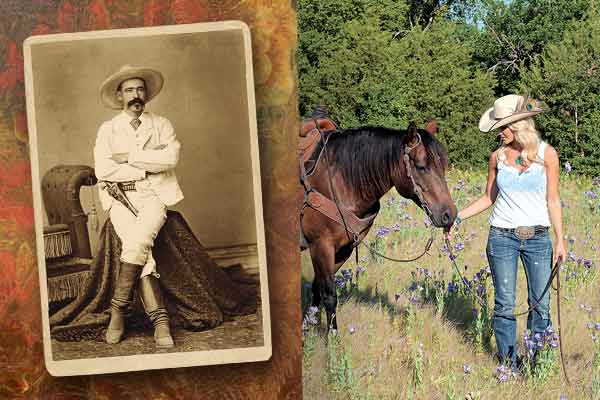 The elegant Californio gentleman shown in the accompanying photo may or may not have ever danced on his hat, as the fellow did in Allan Sherman’s 1963 parody “Mexican Hat Dance” (or “Jarabe Tapatío”). Resplendent in his white suit, complete with pinned cravat, watch fob and pearl-handled pistol, he wears a pristine straw sombrero charro that has obviously never been stomped.
The elegant Californio gentleman shown in the accompanying photo may or may not have ever danced on his hat, as the fellow did in Allan Sherman’s 1963 parody “Mexican Hat Dance” (or “Jarabe Tapatío”). Resplendent in his white suit, complete with pinned cravat, watch fob and pearl-handled pistol, he wears a pristine straw sombrero charro that has obviously never been stomped.
Of course, the straw hat’s primary purpose is not to serve as the pivot point for a folk dance, but to protect someone’s head from the elements. Take the Mexican sombrero; its high crown allows more air to circulate above the wearer’s head, while the broad brim provides shade for the face and shoulders.
The epitome of the straw hat (actually made from plant fibers) is the Panama hat, which is hand woven in Ecuador. Gold-seeking Forty-niners sailing to California crossed the isthmus of Panama and brought these lightweight hats with them, erroneously calling them Panama hats. The misnomer was further entrenched in the world’s vocabulary when newspapers published photographs of Teddy Roosevelt visiting the Panama Canal digs 70 years later and inaccurately described his straw hat as a Panama hat.
Cultures like Mexico in and between the horse latitudes—about 30 degrees north or south of the equator—wear straw hats year round. Americans have followed the seasonal dictates of northern Europe, where straw hats are acceptable only during summer; Memorial Day and Labor Day have been the cutoff dates for straws.
That fashion rule began eroding in America’s border states in the mid-20th century, thanks to the refinement of straw hats. Around 1950, American Hat Company introduced cowboy-styled Bangora hats made from Manila hemp. These lightweight, inexpensive straw hats were made more durable yet shapeable with a proprietary lacquer and a piano wire in the brim. The Bangora—and similar versions by other hatmakers—became ubiquitous in south Texas and spread in all directions, including into Mexico. Resistol’s Shantung straws, which rival the beauty and weight of fine Panama hats, became the summer standard for dress hats in the 1980s. In the late 1990s, plaited and sewn palm leaf straw hats became the young cowboy’s alternative to the Shantungs worn by their fathers. Palm leaf hats are heavier and coarser than sleek Shantungs, but they are also less expensive and more durable.
A perfect storm of economics, climate change, fashion trends and Kenny Chesney have made straw hats acceptable year round headwear throughout America. This past February, I saw a Shantung straw hat wearer endure the freezing temperatures of midwinter Minnesota! A palm leaf hat would have offered some insulation.
Perhaps the popularity of durable Bangora and palm leaf hats will revive the “Jarabe Tapatío.” If so, don’t forget Sherman’s admonition for hat wearers: “So take care! So beware! Or they’ll put castanets on, and ruin your Stetson. ’Cause they all think that they’re Fred Astaire!”
A good straw hat may just survive such abuse. Ole!
G. Daniel DeWeese coauthored the book Western Shirts: A Classic American Fashion. Ranch-raised near the Black Hills in South Dakota, Dan has written about Western apparel and riding equipment for 30 years.


